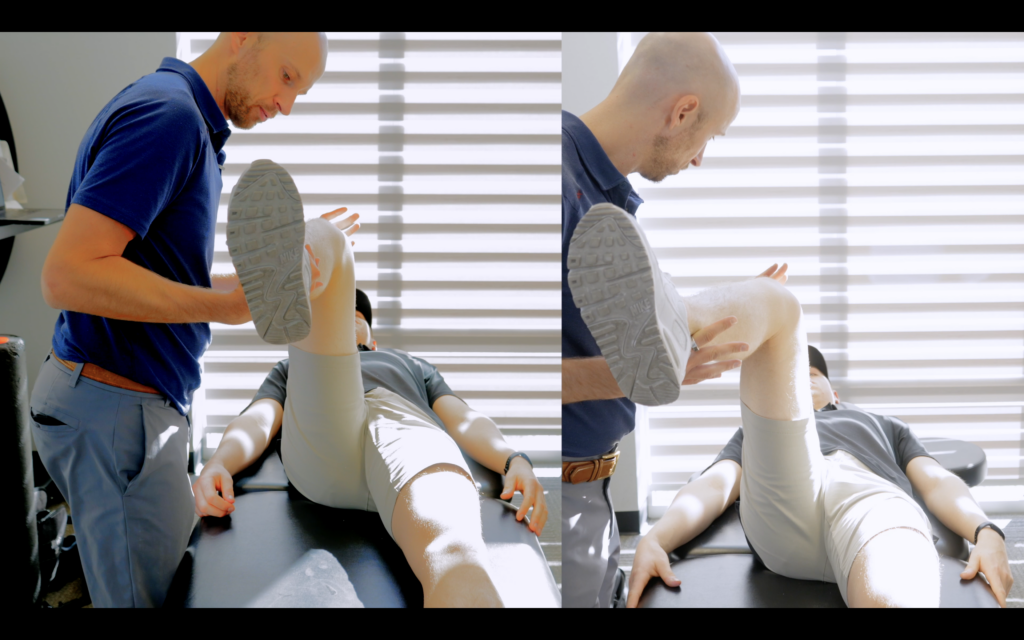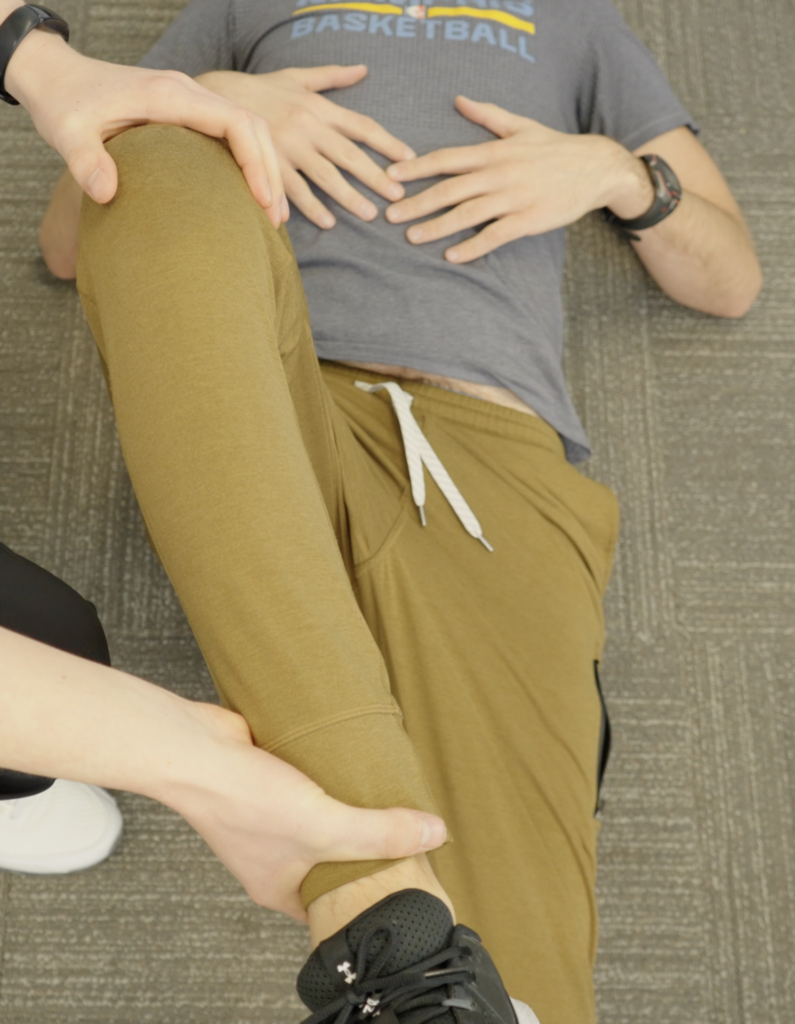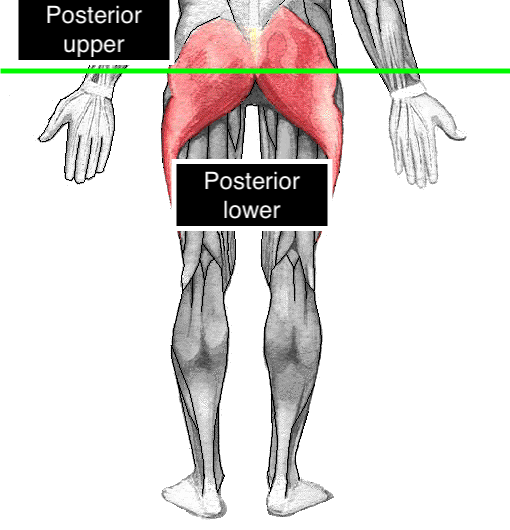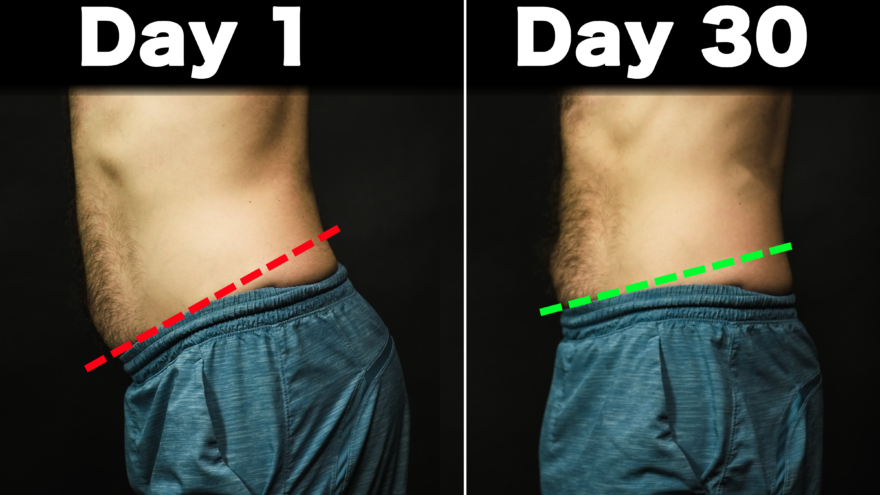Table of Contents
Is anterior pelvic tilt something I NEED to fix?
If you’ve ever thought you have an anterior pelvic tilt, you’ve definitely heard it all:
- You MUST fix it
- It doesn’t matter, don’t worry about it
- It helps with performance
- It hinders performance
- It doesn’t look good
- It DOES look good
Confusing, right? What is the answer? What do we do about this common (and normal) postural presentation?
The answer lies within this post.
Check out the blog, video, and podcast below to learn more.
Does weakness cause anterior pelvic tilt?
Think anterior pelvic tilt happens because of weak abs, tight hip flexors, and shut-off glutes?
Think again.
According to this study, anterior pelvic tilt pairs with hip extension during running. This finding indicates it may be useful for improving force production. Considering how common it is in elite athletes, it’s likely that weakness isn’t the problem.
Moreover, the research on correlating anterior pelvic tilt with pain is at best mixed. Nor can you accurately measure if someone has anterior pelvic tilt beyond the normal 6º.
Yet, there could be a time when anterior pelvic tilt may actually pose a problem.
When anterior pelvic tilt is a problem
According to these two studies (here and here), significant anterior pelvic tilt can cause hip mobility deficits. The biggest impairment is in hip internal rotation (IR). Reduced hip IR has been associated with the following:
Aside from these issues, lower back pain is linked to reduced movement locally. Restricted hip rotation may be a contributing factor to lower back stiffness.

Point is, less motion gives us fewer positions we can assume. That is when anterior pelvic tilt becomes a problem. It’s not the posture itself, but it’s the lack of the ability to explore other postures and positions. So, the real fix for anterior pelvic tilt is to work on improving mobility.
What to really measure with anterior pelvic tilt
Although we can’t measure anterior pelvic tilt, we can measure hip range of motion. This will tell us the degree of this posture we have.
Someone who has anterior pelvic tilt with reduced motion will present with:
- Decreased hip external rotation
- Increased straight leg raise
- Increased hip internal rotation

If you present with these measures, then you actually ought to address anterior tilt.
Do we just do posterior pelvic tilts and life will be good?
NO.
Treating excessive anterior pelvic tilt
Anterior pelvic tilt involves increased muscle activity in the posterior upper pelvic musculature.
Think proximal glutes and lower back muscles. This posture is also associated with eccentric posterior lower pelvic musculature. This is the distal glutes.

Restoring motion will involve creating an eccentric orientation in the posterior upper region. We can do this by making a concentric orientation in the posterior lower musculature.
To do this, I use the following 3 exercises:
1. Wall squat
This exercise helps expand the entire backside of the body, which is concentric with anterior pelvic tilt.
2. Lewit same connect
The block helps with posterior expansion. Pushing into the wall will recruit proximal hamstrings and distal glutes.
3. Hooklying breathing
This exercise CRUSHES the lower glutes. This exercise is the most difficult for anterior pelvic tilt. The external rotation mobility demands are greatest here.
Sum up
In summary, anterior pelvic tilt is not just about weak abs and tight hip flexors. But more importantly, about limited motion.
The real key to fixing the issue is restoring ALL available postures. Improving motion will get your there.
Don’t stress too much about the appearance of your pelvic tilt, and focus on feeling good and moving well.

